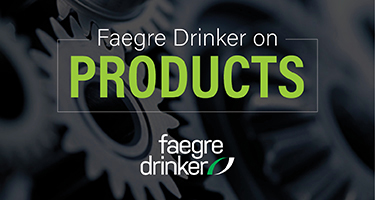The longer and more frequently a principle is repeated by the courts, the more difficult it can be for courts to acknowledge change. As illustrated by the First Circuit’s opinion in Rodriguez v. Hospital San Cristobal, Inc., 91 F.4th 59 (1st Cir. 2024) – the first reported appellate decision to cite the language of the newly-amended Federal Rule of Evidence 702 since it took effect in December 2023 – even a change to the Federal Rules of Evidence themselves might not be enough for a court to stop citing outdated but familiar precedents.
Some background is in order. In 1993, Daubert v. Merrell Dow Pharmaceuticals, Inc., 509 U.S. 579 (1993) ushered in a new paradigm for evaluating the admissibility of expert opinion evidence. Courts seized on Daubert’s comment that a court’s “focus, of course, must be solely on [an expert’s] principles and methodology, not on the conclusions that they generate.” But just four years after Daubert was decided, the Supreme Court rejected an argument that a lower court had erred by evaluating an expert’s conclusions. Because “conclusions and methodology are not entirely distinct from one another,” the lower court had not abused its discretion in evaluating whether the expert’s opinion was warranted by the data on which it was based. General Electric Co. v. Joiner, 522 U.S. 136 (1997).

